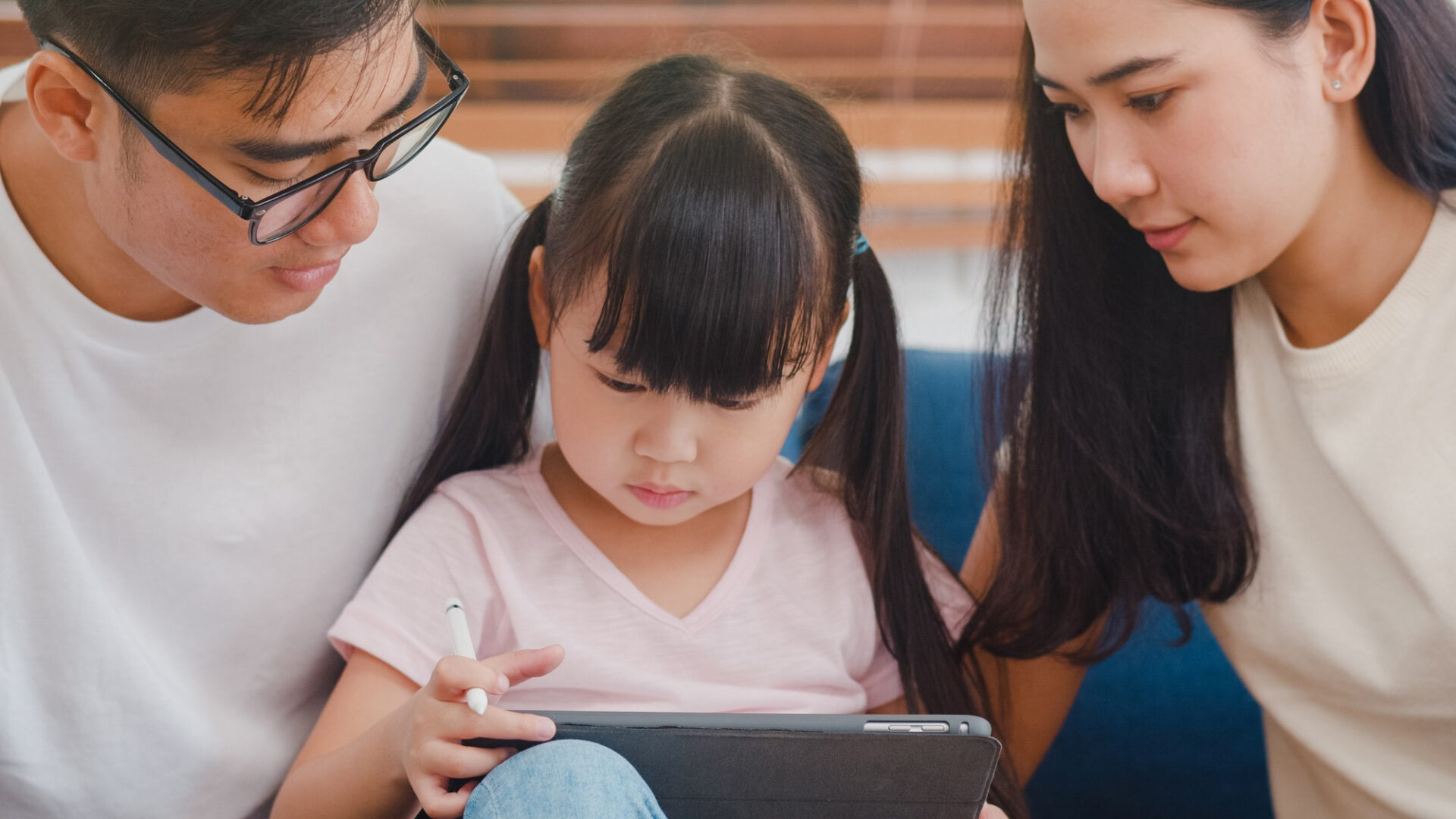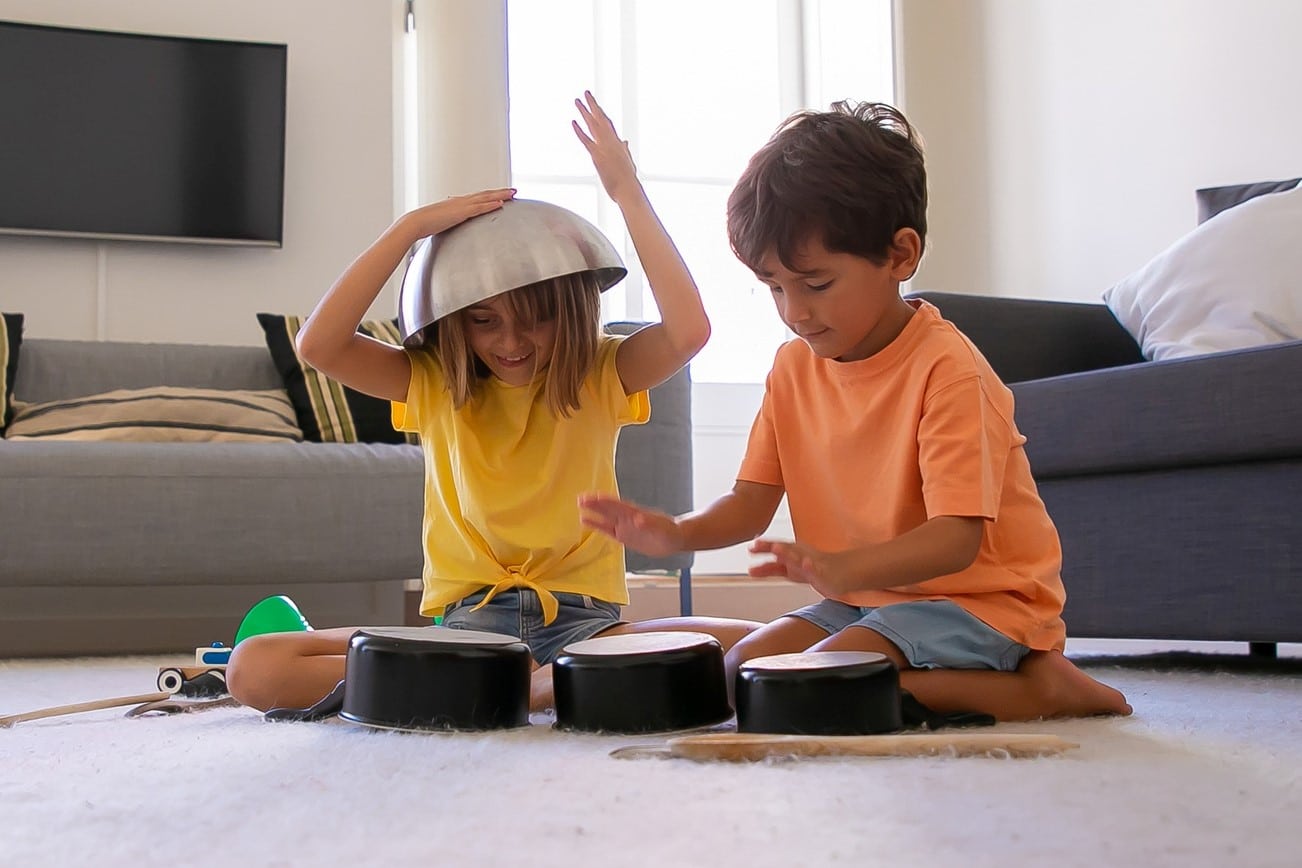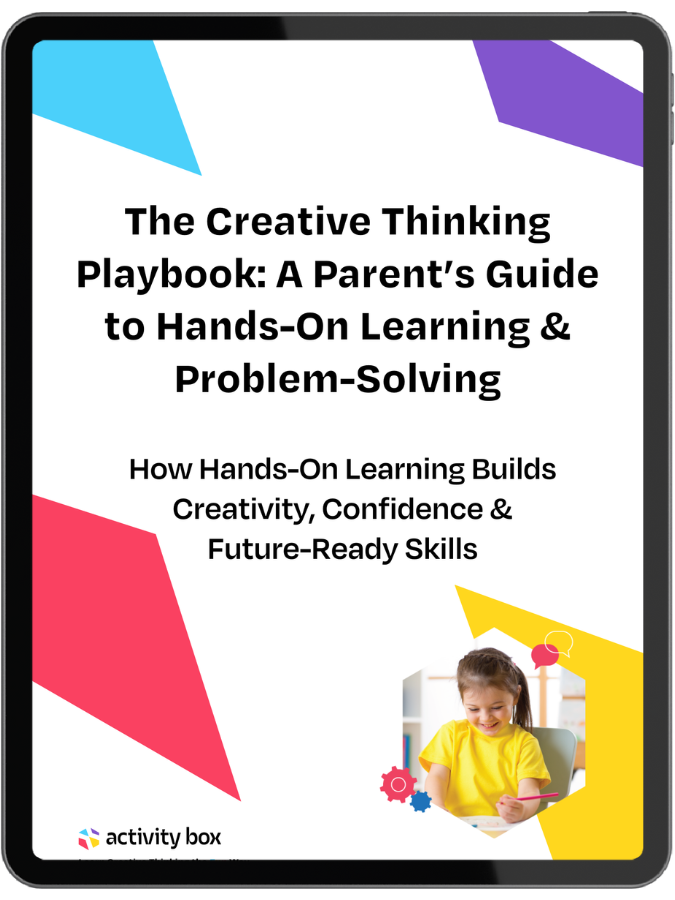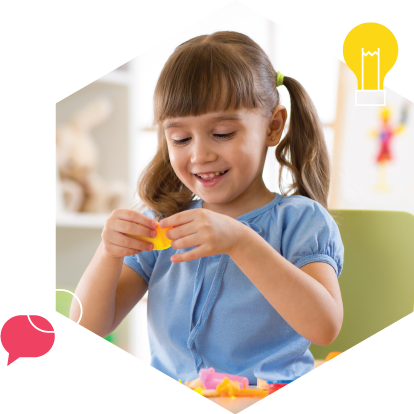
Screen-Free Activities for Kids: Engaging Alternatives That Spark Creativity
Key Takeaways
| Aspect | Summary |
| Why It Matters | Screen-free activities help reduce screen time while promoting creativity and focus. |
| Developmental Benefits | Encourages cognitive flexibility, problem-solving, and emotional resilience. |
| Hands-On Play | Builds motor skills, imagination, and self-regulation. |
| Real-World Strategies | Crafting, sensory bins, and outdoor games offer fun offline alternatives. |
| Parent Tips | Set routines, offer open-ended materials, and model screen-free behavior. |
Why Reducing Screen Time Matters
Did you know that the average child under 8 now spends over two hours per day on screens. And that number rises sharply during weekends and school holidays?
While digital devices offer convenience and entertainment, research shows that excessive screen time can negatively affect brain development, attention span, emotional regulation, and even sleep quality. When screens replace open-ended play, kids miss out on key developmental milestones like problem-solving, creative thinking, and social skills.
In this article, we’ll explore what creativity looks like in young learners, why it matters, and how parents and educators can nurture it through play-based activities.
Research Insight:
According to the recommended guidelines from the American Academy of Pediatrics,, young children should be limited to one hour of high-quality screen time per day. And infants under 18 months should avoid screens altogether, except for video chatting.
Parents often feel stuck: screens keep kids entertained, especially during downtime, but what’s the alternative?
That’s where screen-free activities come in: engaging, hands-on experiences that foster imagination, motor skills, and emotional resilience without a device in sight.
📖 Related Read: The Role of Creativity in Child Development
What Are Screen-Free Activities?
Screen-free activities are any forms of play, exploration, or learning that engage children without the use of digital devices. Instead of passively consuming content, kids take an active role creating, experimenting, and imagining their way through the world.
These activities aren’t just “alternatives” to screens, they’re developmental powerhouses that promote focus, communication, independence, and curiosity.
Why They Work
Screen-free activities give children the time and space to:
Solve problems creatively
Build attention span through focused play
Explore their senses and motor skills
Express feelings through storytelling, drawing, or pretend play
They don’t require fancy supplies or rigid instructions, just open-ended materials and a little encouragement.
Quick Examples of Screen-Free Activities
Building a cardboard fort from leftover boxes
Exploring a sensory bin filled with rice, scoops, and cups
Playing “restaurant” with stuffed animals
Painting with cotton balls instead of brushes
These kinds of offline activities for kids aren’t just fun, they’re critical for healthy development.
The Benefits of Hands-On, Screen-Free Play
Replacing screen time with hands-on activities doesn’t just entertain kids, it transforms their development.
From a neurological standpoint, open-ended, screen-free play strengthens brain pathways responsible for memory, decision-making, and flexible thinking. When children engage their hands and imagination, they’re also building emotional resilience and social confidence.
Research Insight:
A study by the National Association for the Education of Young Children (NAEYC) found that unstructured, tactile play improves executive functioning in early learners, particularly skills like self-regulation, planning, and adaptability.
A Pediatrics study linking pretend play with language and problem-solving shows that preschoolers who engaged in regular imaginative play had better language development and problem-solving abilities than their screen-heavy peers.
“When children play creatively, they rehearse social roles, practice empathy, and learn to self-soothe.”
– Dr. Susan Linn Commercial-Free Childhood
The UCLA study on how screen-free time improves social skills supports similar findings: kids with reduced screen exposure were significantly better at reading emotional cues in face-to-face settings.
What Happens During Hands-On Play?
| Skill Area | How Screen-Free Play Helps | Examples |
| Cognitive Growth | Enhances focus, logic, and innovation | Puzzle building, sensory bins |
| Emotional Skills | Builds confidence and emotional regulation | Storytelling, expressive art |
| Social Development | Encourages empathy, turn-taking, cooperation | Role-playing, group games |
| Motor Skills | Develops coordination and dexterity | Cutting paper, clay modeling |

💡 Read more at Harvard’s Center on the Developing Child on brain-building through play
Easy & Effective Screen-Free Ideas at Home
Wondering how to keep kids engaged without a screen, especially during rainy afternoons or quiet weekends?
The good news is, screen-free doesn’t mean boring or complicated. The best activities are low-prep, open-ended, and often use materials you already have at home. These ideas foster creativity, fine motor skills, and emotional development while giving kids a sense of independence.
From a neurological standpoint, open-ended, screen-free play strengthens brain pathways responsible for memory, decision-making, and flexible thinking. When children engage their hands and imagination, they’re also building emotional resilience and social confidence.
Tip for Parents:
Keep a “screen-free bin” filled with loose parts (fabric scraps, bottle caps, cardboard tubes) so kids can create freely when they’re bored.
5 Simple Screen-Free Activities to Try Today
| Activity | What It Builds | Materials Needed |
| DIY Story Stones | Language + Imagination | Rocks, markers or stickers |
| Build a Sensory Path | Motor planning + focus | Tape, textured objects |
| Paper Bag Puppets | Self-expression | Paper bags, crayons, glue |
| Living Room Obstacle Course | Gross motor + problem-solving | Pillows, chairs, tape |
| Nature Treasure Hunt | Observation + curiosity | Printout list, outdoor time |
Try this toolkit from UNICEF and Harvard for age-based play activities

Get the Free Creative Thinking Playbook
Learn how hands-on play helps your child develop problem-solving, creativity, and confidence, without screen time or prep.
Hands-on, screen-free activities
Printable planner included
Stress-free and fun for parents
Expert-designed, child-approved
How Parents Can Set Up Screen-Free Routines
Making screen-free activities part of daily life isn’t about removing devices entirely, it’s about creating healthy routines and engaging alternatives that kids enjoy.
The key? Consistency, creativity, and modeling the behavior you want to see.
Create Screen-Free Zones at Home
Ideas for a Screen-Free Zone:
A corner with a rug, art supplies, and books
A low shelf stocked with puzzles and open-ended toys
A kitchen table reserved for crafting and family games
📖 Related Read: How to Set Up a Screen-Free Zone in Your Home
Model Healthy Screen Habits
Children mimic what they see. When parents put down their phones and engage in play or conversation, kids are more likely to follow.
Strategy: Create “no screen times” during meals, bedtime routines, or the first hour after school.
Build Daily Routines Around Play
Even 15–30 minutes a day of unplugged, creative activity can dramatically reduce screen dependency.
Try This Weekly Plan:
| Day | Activity | Duration |
| Tuesday | Storytelling with props | 20 minutes |
| Wednesday | Outdoor nature walk | 30 minutes |
| Friday | DIY craft challenge | 25 minutes |
| Saturday | Cooking or baking together | 30 minutes |
| Sunday | Family game night | 45 minutes |
See how our hands-on activities make it easy: no prep, no fuss, just hands-on fun with your kids.
Final Thoughts: Bring More Creativity Into Everyday Life
Screen-free activities aren’t just “alternatives” to devices, they’re tools for growth, exploration, and connection.
When children have opportunities to build, create, and imagine, they develop the skills that truly matter: focus, flexibility, confidence, and empathy.
Here’s what to remember:
- Reducing screen time doesn’t require drastic changes, just consistent, engaging alternatives.
- Simple, hands-on activities can dramatically boost cognitive and emotional development.
- Parents can lead by creating routines, modeling healthy habits, and offering open-ended materials.
Parents often feel stuck: screens keep kids entertained, especially during downtime, but what’s the alternative?
Want to make screen-free play easy, creative, and consistent?
ActivityBox delivers hands-on learning kits that transform everyday moments into powerful play, without a screen in sight.
Designed by educators
Loved by kids
No prep, just open and play
👉 Join today and help your child explore a world beyond the screen.
FAQs About Screen-Free Activities
What are screen-free activities for kids?
Screen-free activities are hands-on, creative experiences like crafts, storytelling, and sensory play, that help kids learn and grow without using digital devices.
Why should I limit my child’s screen time?
Too much screen time can impact attention span, emotional regulation, and sleep. Reducing it encourages healthier brain development and more meaningful play.
How do I get my child interested in screen-free play?
Offer choices, use open-ended materials, and participate with them. Make the activity feel fun, not a punishment for losing screen time.
What’s a good screen-free routine for busy families?
Start with 20–30 minutes a day. Try crafts on weekdays, outdoor play on weekends, and “tech-free” zones in your home to support new habits.
Can ActivityBox help reduce screen dependency?
Yes! Each kit includes pre-planned, screen-free projects that spark creativity and give kids something engaging to look forward to.
How do I join?
Have more questions?
We’re here to help! Contact us .
